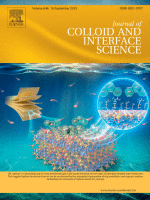We have developed a trimodal bioimaging probe for near-infrared luminescent imaging, high-field magnetic resonance imaging, and X-ray computed tomography using Dy3+ as the paramagnetic component and Nd3+ as the luminescent cation, both of them incorporated in a vanadate matrix. Among different essayed architectures (single phase and core–shell nanoparticles) the one showing the best luminescent properties is that consisting of uniform DyVO4 nanoparticles coated with a first uniform layer of LaVO4 and a second layer of Nd3+-doped LaVO4. The magnetic relaxivity (r2) at high field (9.4 T) of these nanoparticles was among the highest values ever reported for this kind of probes and their X-ray attenuation properties, due to the presence of lanthanide cations, were also better than those of a commercial contrast agent (iohexol) commonly used for X-ray computed tomography. In addition, they were chemically stable in a physiological medium in which they could be easily dispersed owing to their one-pot functionalization with polyacrylic acid, and, finally, they were non-toxic for human fibroblast cells. Such a probe is, therefore, an excellent multimodal contrast agent for near-infrared luminescent imaging, high-field magnetic resonance imaging, and X-ray computed tomography.
https://doi.org/10.1016/j.jcis.2023.05.078

Elísabet Gómez



